Home>Ideas and Tips>Backyard Bee-Friendly Garden Design to Attract Vital Pollinators
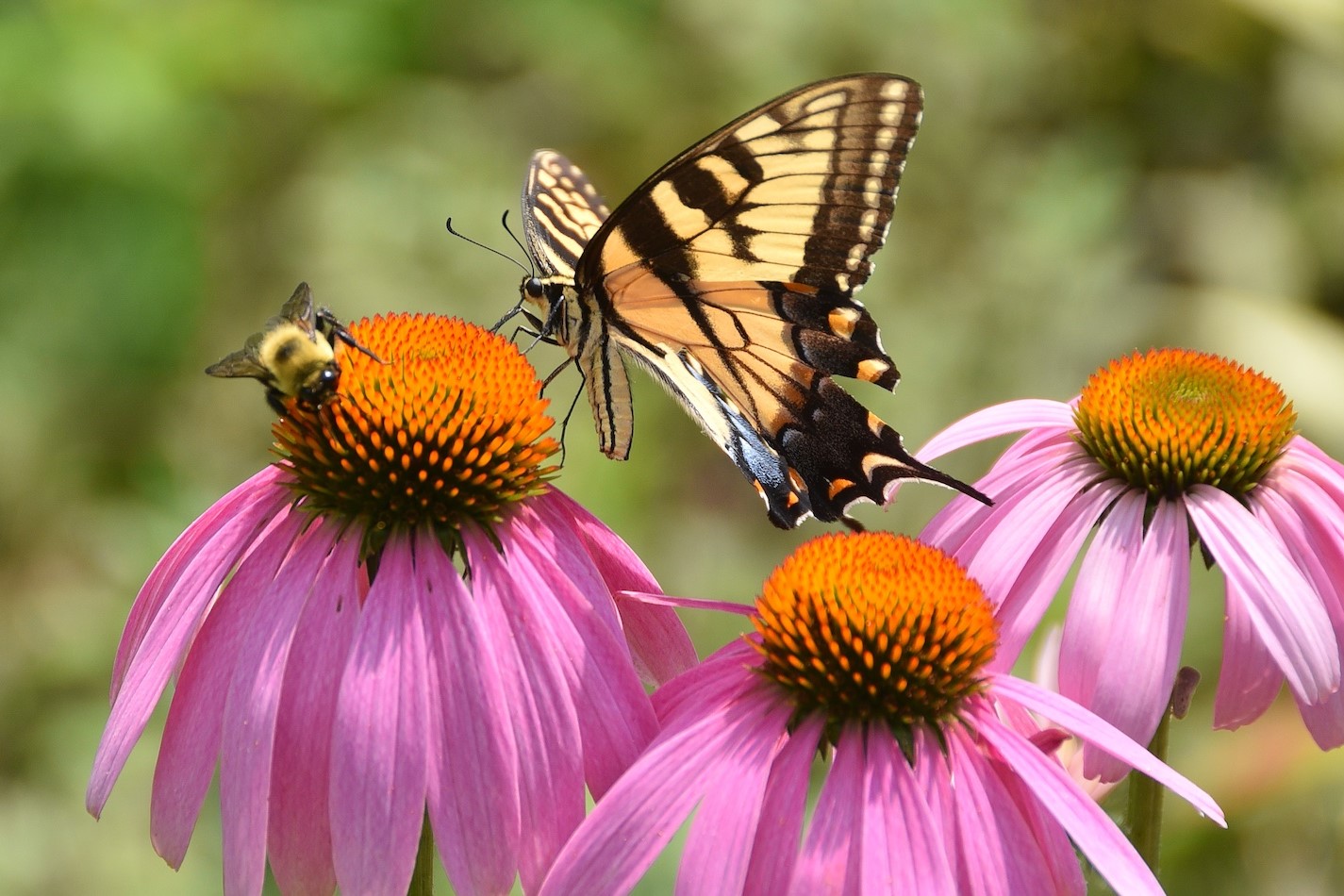

Ideas and Tips
Backyard Bee-Friendly Garden Design to Attract Vital Pollinators
Published: September 23, 2024
Create a bee-friendly garden to attract vital pollinators. Learn plant choices and eco-friendly practices to support bees and boost biodiversity.
(Many of the links in this article redirect to a specific reviewed product. Your purchase of these products through affiliate links helps to generate commission for Storables.com, at no extra cost. Learn more)
Creating a bee-friendly garden is one of the most meaningful ways to support pollinators and promote biodiversity in your backyard. With the decline of bee populations worldwide, it is crucial to take steps to create a sanctuary for these vital pollinators. In this article, we will explore various ways to design and plant a bee-friendly garden, focusing on suitable plant choices and environmentally conscious practices.
The Importance of Bees in Our Gardens
Bees are exceptional pollinators. As they visit flowers searching for nectar, they unintentionally transfer pollen, facilitating fertilization and fruit and seed production. This process is essential for the reproduction of seed-producing plants, including many food crops. Without pollinators, the earth’s ecosystems wouldn’t survive. Nearly all food crops rely on pollination by beneficial insects and other animals, making bees a critical component of our food supply chain.
Benefits of Bees for Your Garden
- Pollination: Bees are exceptional pollinators. As they visit flowers searching for nectar, they unintentionally transfer pollen, facilitating fertilization and fruit and seed production.
- Increased Crop Yields: Bees significantly contribute to higher crop yields. Their pollination services enhance the quality and quantity of fruits and vegetables.
- Biodiversity: By supporting bees, you are also supporting biodiversity in your garden. A diverse range of plant species attracts a broader range of bee species, contributing to a healthier ecosystem.
Choosing the Right Plants
Selecting the right plants is fundamental to creating a bee-friendly garden. Bees are attracted to specific traits in plants, including flower color, shape, and scent. Here are some plant options that are particularly appealing to bees:
Native Plants
Native plants possess adaptations that allow them to thrive in the local climate and soil conditions, making them highly appealing to native bee species. Research your area’s native plant species and include them into your garden. Some popular choices include:
- Aster: Known for its vibrant purple flowers, aster is a favorite among native bees.
- Goldenrod: Often misunderstood as causing allergies, goldenrod is a crucial source of nectar and pollen for bees.
- Milkweed: This plant is essential for monarch butterflies but also attracts native bees with its clusters of small flowers.
- Coneflower: With its large, showy flowers, coneflower is a standout in attracting a variety of bee species.
Flowering Herbs
Many herbs are beneficial in the kitchen and provide abundant nectar and pollen for bees. Plant herbs such as:
- Lavender: Known for its calming properties, lavender is also a favorite among bees due to its purple flowers.
- Thyme: This herb is not only great for cooking but also attracts bees with its small, fragrant flowers.
- Mint: Mint is another versatile herb that bees love, especially its purple and white varieties.
- Rosemary: This herb is not only aromatic but also a rich source of nectar and pollen for bees.
Single-Petaled Flowers
Bees are more attracted to single-petaled flowers because they provide easier access to nectar and pollen. Examples of single-petaled flowers loved by bees include:
- Sunflowers: These towering flowers are a favorite among bees due to their large, easily accessible petals.
- Daisies: With their simple, white petals, daisies are a classic choice for attracting bees.
- Black-Eyed Susans: These flowers are known for their bright yellow petals and dark centers, making them a hit with bees.
- Cosmos: These delicate flowers come in a variety of colors and are easy for bees to access.
Colour Variety
Bees are particularly drawn to blue, purple, and yellow flowers. Incorporating diverse colors in your garden will attract a broader range of bee species. However, it's worth noting that bees cannot see red flowers, so it's best to avoid planting red flowers if you want to attract bees.
Bee-Friendly Garden Design
Creating a welcoming and beneficial environment for bees goes beyond plant selection. Here are some tips for designing a bee-friendly garden:
Clustering Plants
Clustering similar plants together in large patches makes it easier for bees to locate them and increases their foraging efficiency. Aim for at least three to four feet in diameter clusters to create a visible target for bees.
Providing Habitat
Bees need a variety of habitats to thrive. Consider the following:
- Native Wildflowers: Planting native wildflowers can provide a rich source of nectar and pollen for bees. Dandelions, snapdragons, and clover are excellent choices.
- Flowering Fruits and Vegetables: Many fruits and vegetables produce flowers that are rich in nectar and pollen. Examples include tomatoes, squash, and cucumbers.
- Herbs and Berries: Incorporating herbs like mint, basil, and sage, along with berries like strawberries and blueberries, can provide a continuous food source for bees.
Water Sources
Bees need water to drink and to cool their bodies. Provide shallow water sources with fresh water and stones for them to stand on. Avoid using still water as it can attract mosquitoes and other pests that harm bees.
Avoiding Pesticides
One of the most significant threats to bee populations is the use of pesticides. Many garden chemicals, including neonicotinoids, are toxic to bees and can persist in soils and plants for years. Instead, opt for organic pesticides and fertilizers, and consider natural alternatives like spiders and ladybugs to control garden pests.
Nesting Opportunities
Many species of bees, such as bumble bees and mason bees, nest in the ground rather than hives. Leave old mouse holes or other sites that ground-nesting bees might find accommodating. You can also create natural nesting habitats using lawn and garden waste in or near your garden.
Creating an Oasis for Bees
Creating an oasis designed to attract bees is easier than you think. Here are some steps you can follow:
- Choose Bee-Friendly Plants: Select plants that are native to your area and provide a rich source of nectar and pollen. Examples include lavender, thyme, mint, and coneflower.
- Provide a Continuous Food Supply: Plant a variety of flowers that bloom at different times to ensure a steady supply of food for your bees. This includes early-, mid-, and late-season bloomers.
- Avoid Pesticides: Refrain from using pesticides in your garden as they can harm or kill bees. Instead, use natural methods to control pests.
- Create a Water Feature: Provide a shallow water source with fresh water and stones for bees to stand on. Avoid still water as it can attract mosquitoes.
Appreciating the Beauty of Weeds
Weeds often get a bad rap, but many are actually important food sources for bees. Dandelions, clovers, and goldenrod are all vital plants that should be allowed to grow and flower in your yard. These plants provide a rich source of nectar and pollen for bees when other flowers are not in bloom.
Conclusion
Creating a bee-friendly garden is a meaningful way to support pollinators and promote biodiversity. By integrating specific plants into your garden and embracing practices that are friendly to bees, you can create a sanctuary for these vital pollinators and contribute to reversing their declining populations. Remember, no matter how small your garden is, every effort counts in making our world a more bee-friendly place.
Additional Tips
- Consult Local Experts: If you're new to gardening or find it overwhelming to figure out your own design, consider hiring a garden designer who can sketch a garden plan for you, indicating where all the plants go. They will have extensive knowledge about plants and consider form, color, and texture.
- Incorporate Winter Interest: Think about providing sources of habitat and water not just for summer but also for winter. This includes plants that provide shelter and food during the colder months.
- Support Native Wildlife: Programs like In the Zone encourage home gardeners to support native wildlife by providing food and shelter. This can be especially beneficial if you live in biodiverse eco-regions like the Carolinian zone.
By following these tips and creating a bee-friendly garden, you can make a significant impact on reversing the decline of bee populations. Remember, every garden can contribute to a more substantial movement towards a more bee-friendly world.
Was this page helpful?
At Storables.com, we guarantee accurate and reliable information. Our content, validated by Expert Board Contributors, is crafted following stringent Editorial Policies. We're committed to providing you with well-researched, expert-backed insights for all your informational needs.
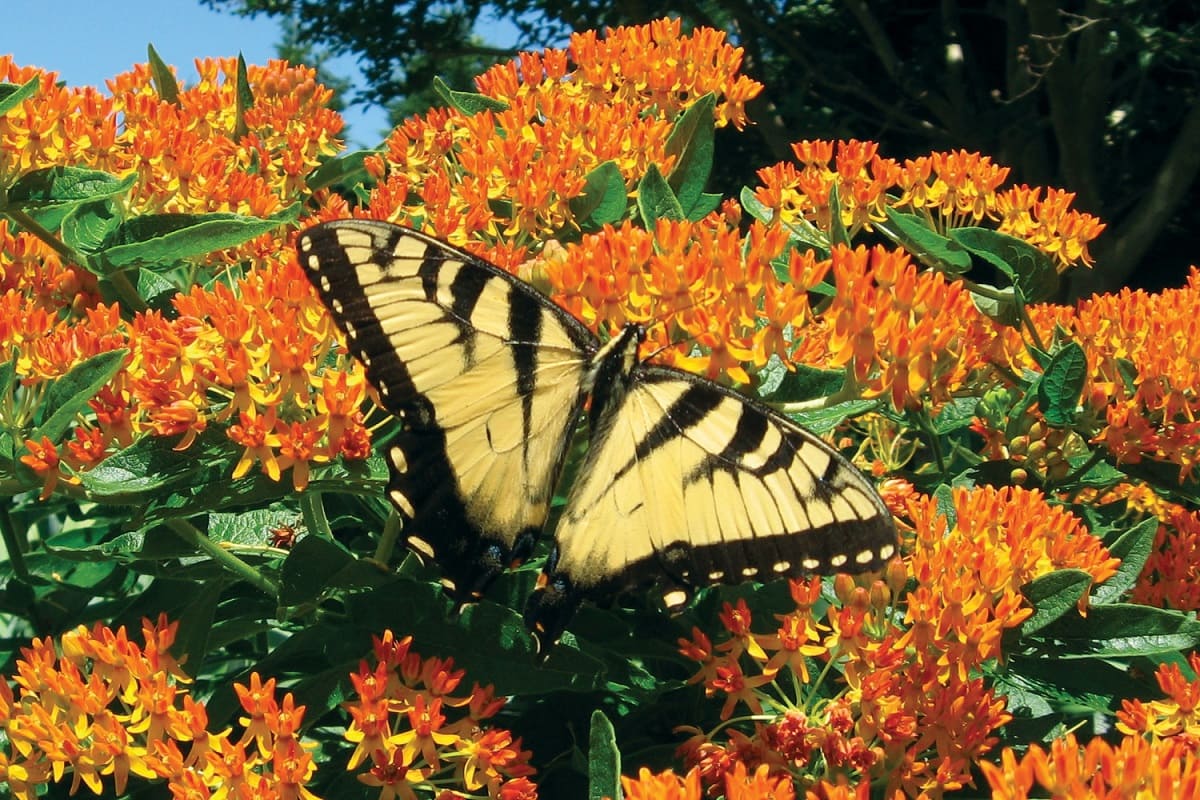
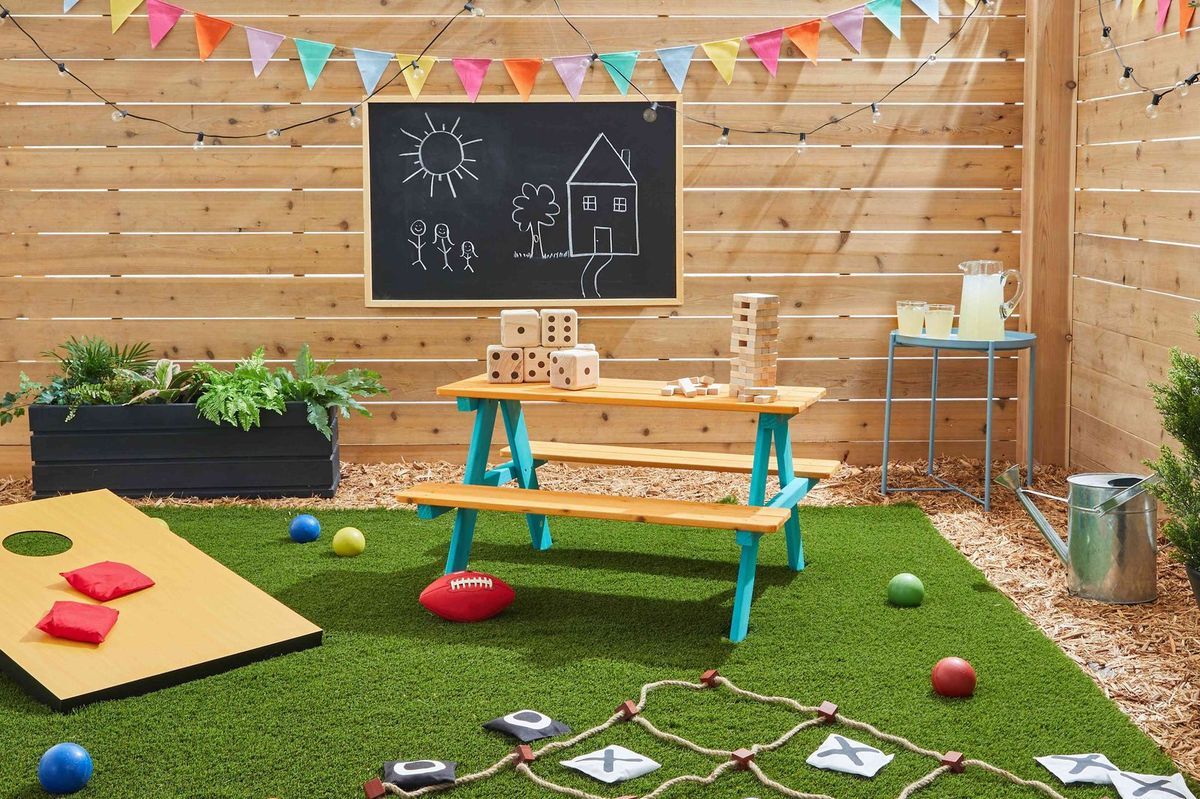
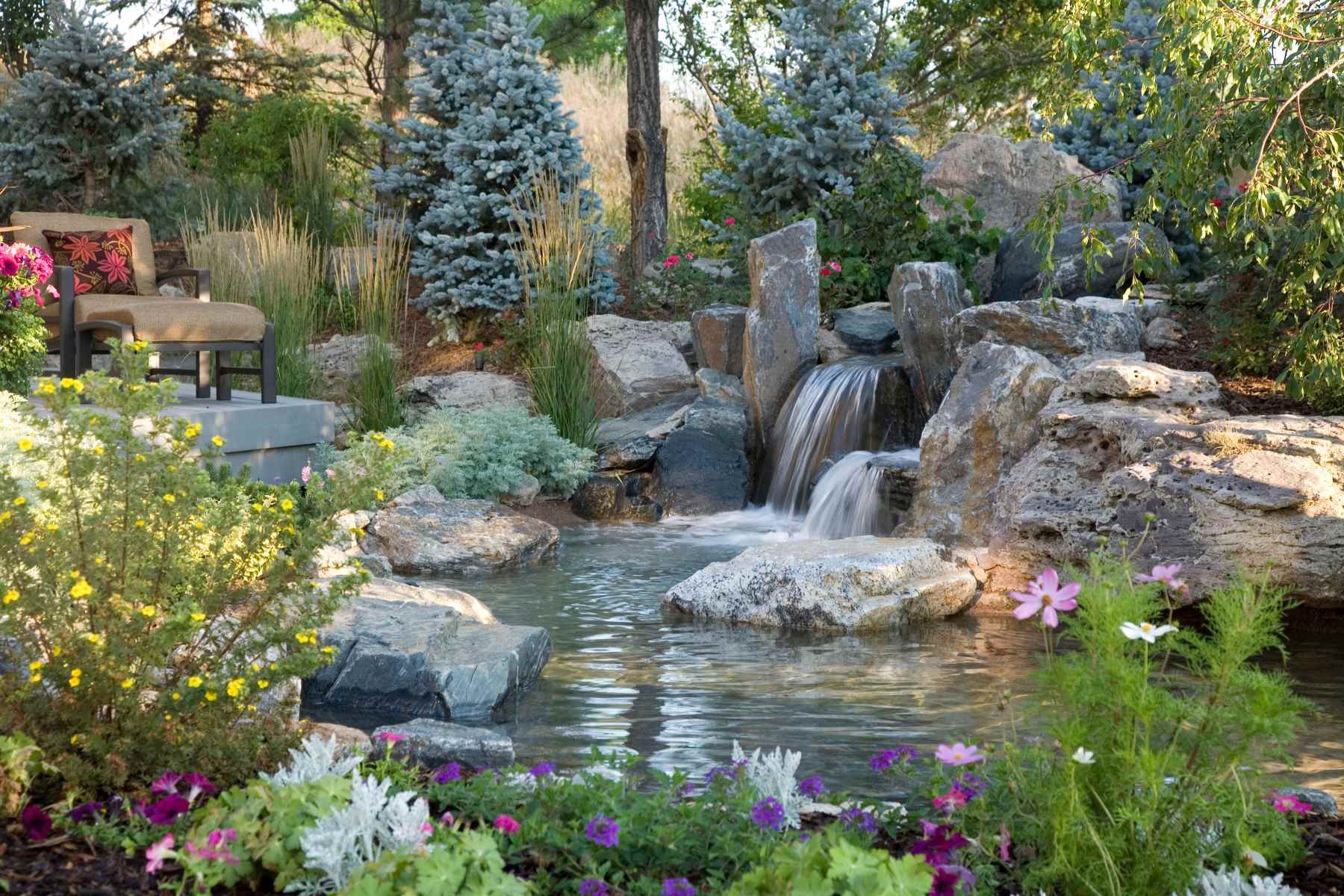
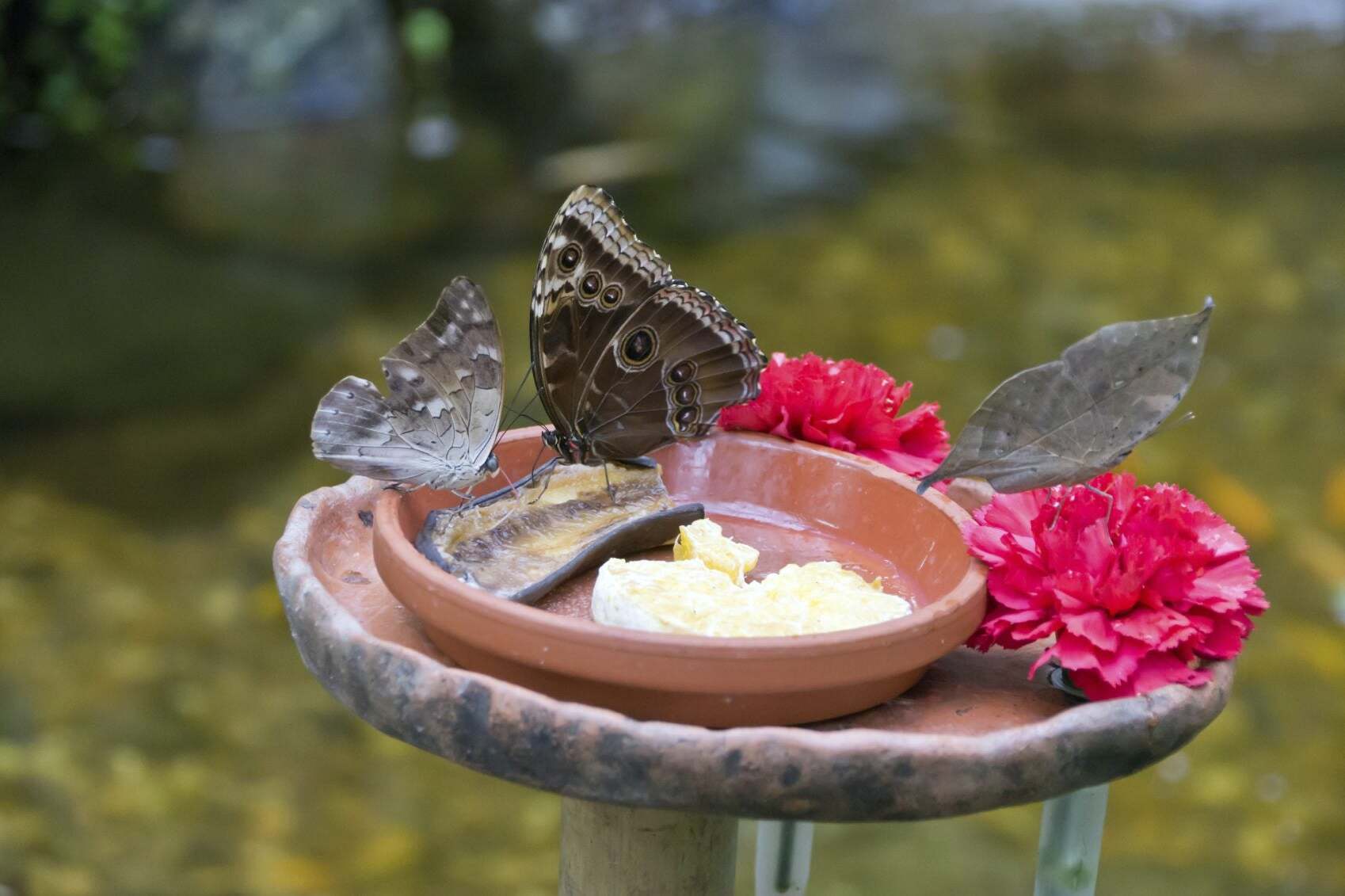
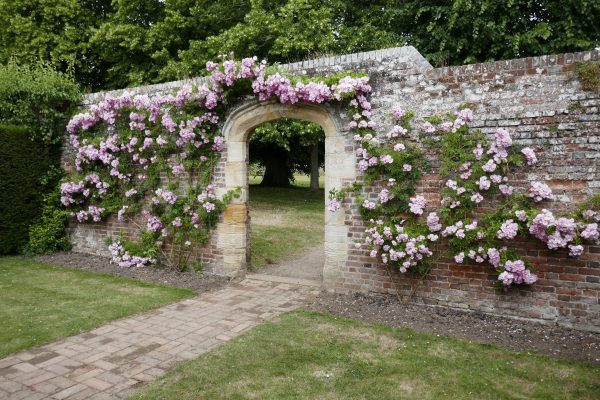
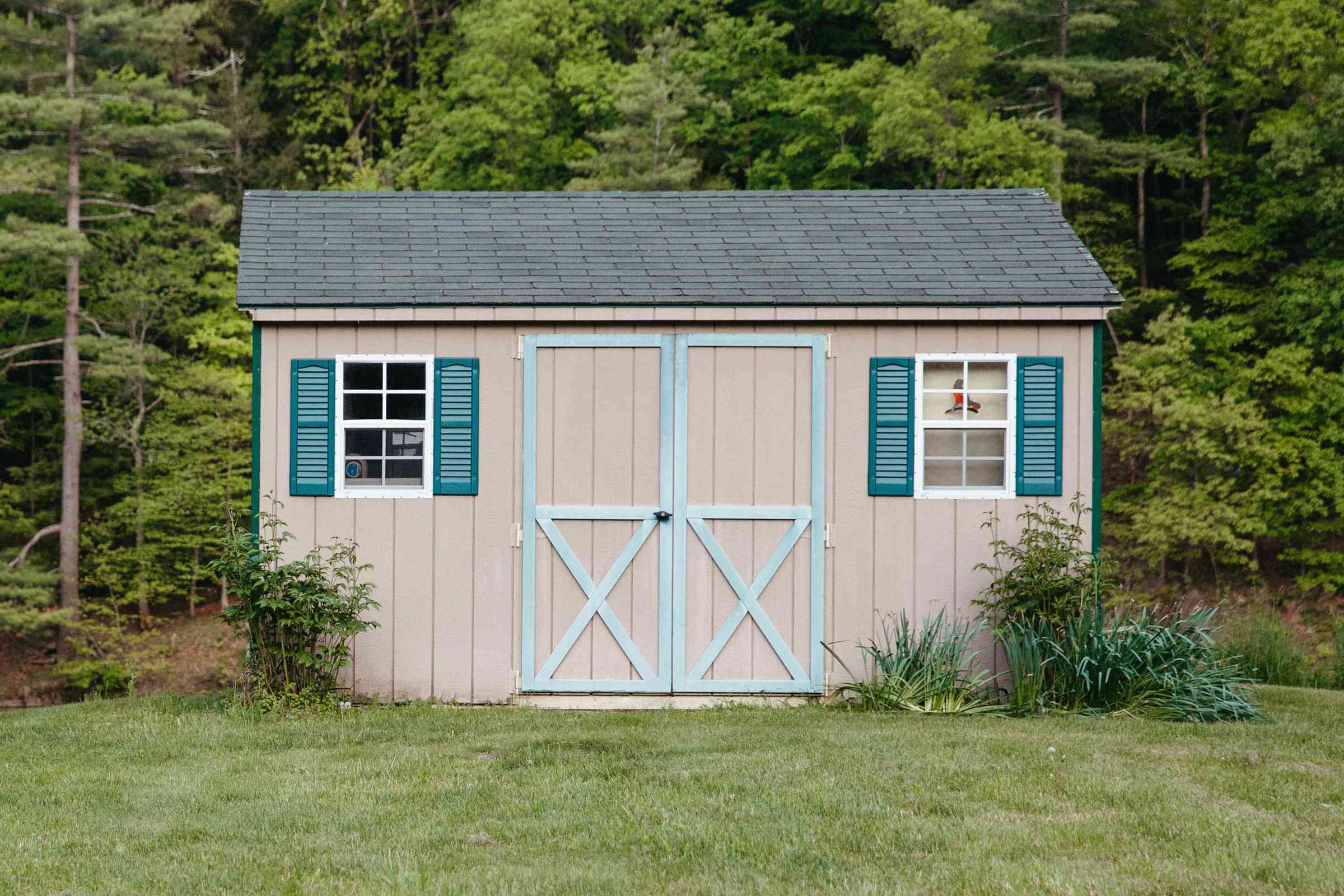
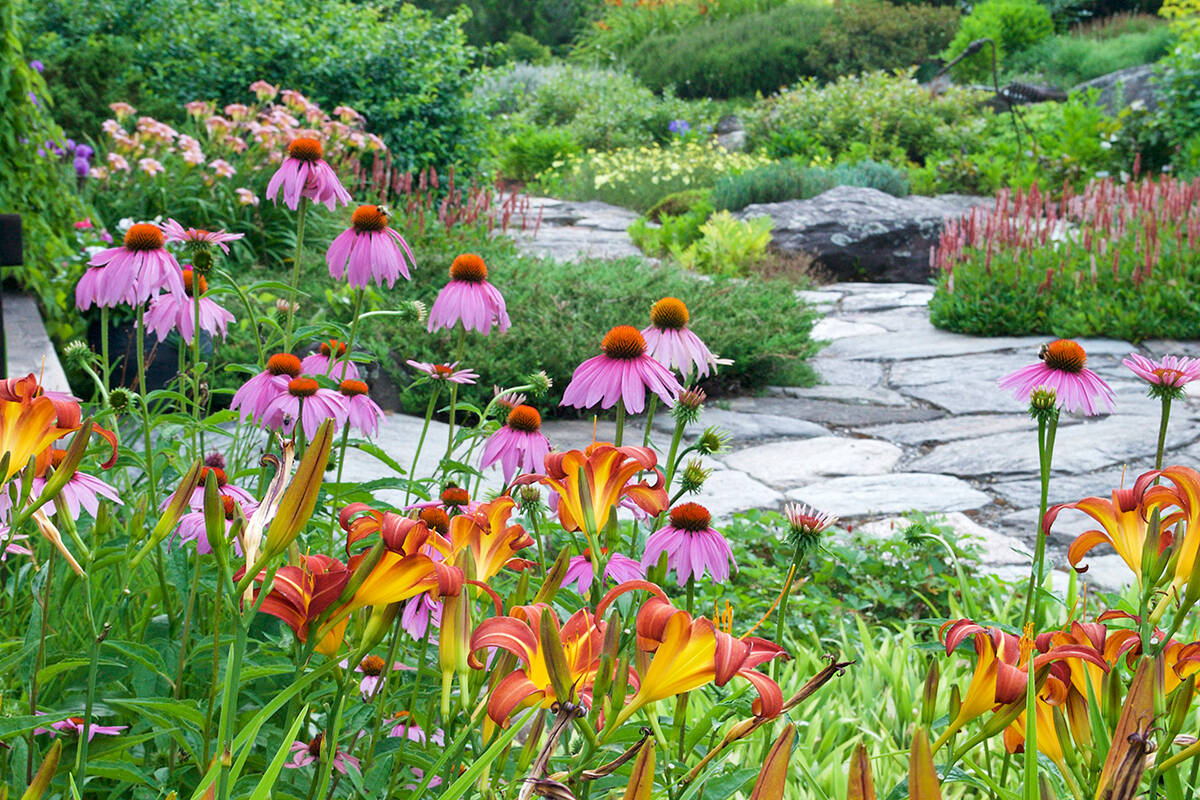
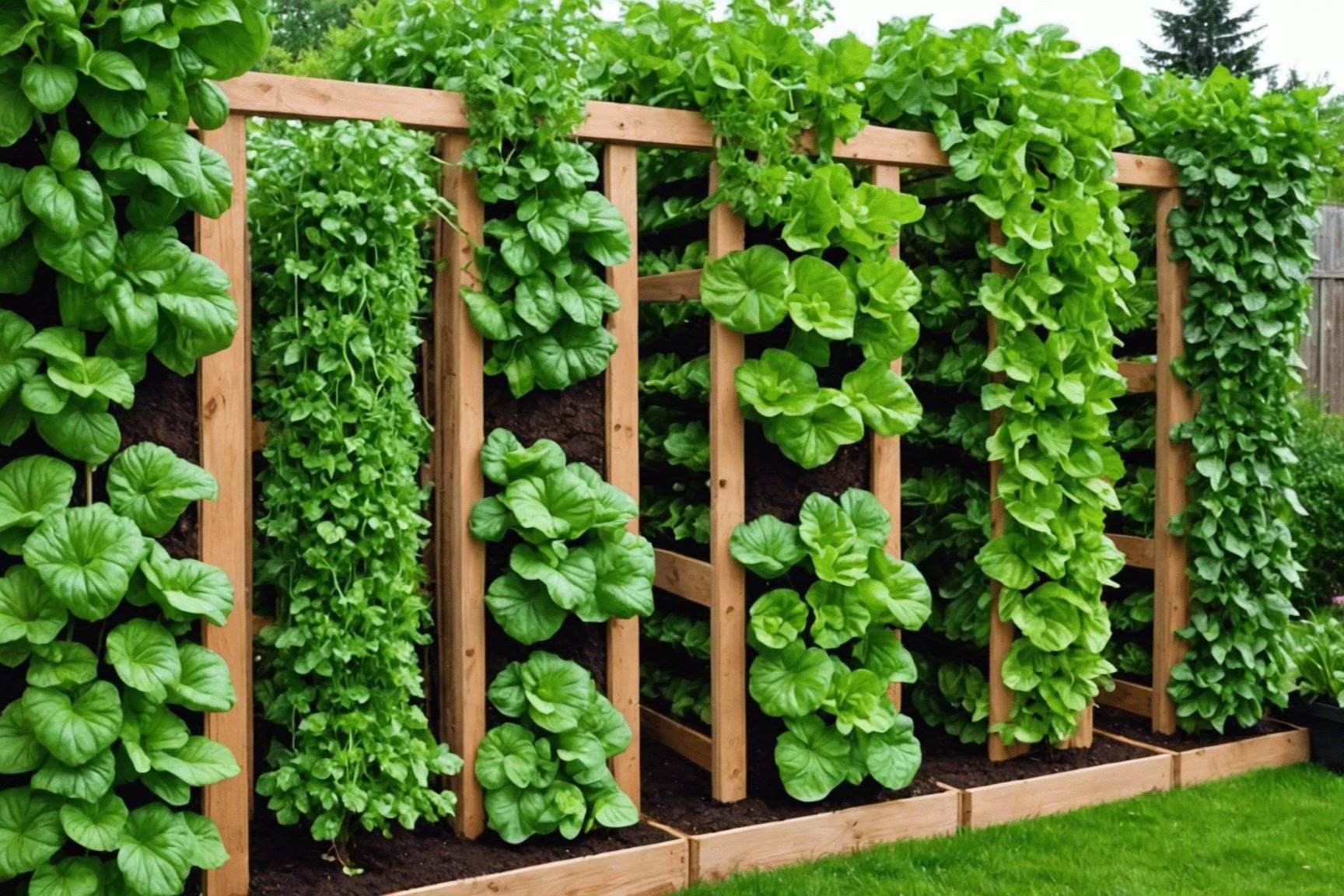
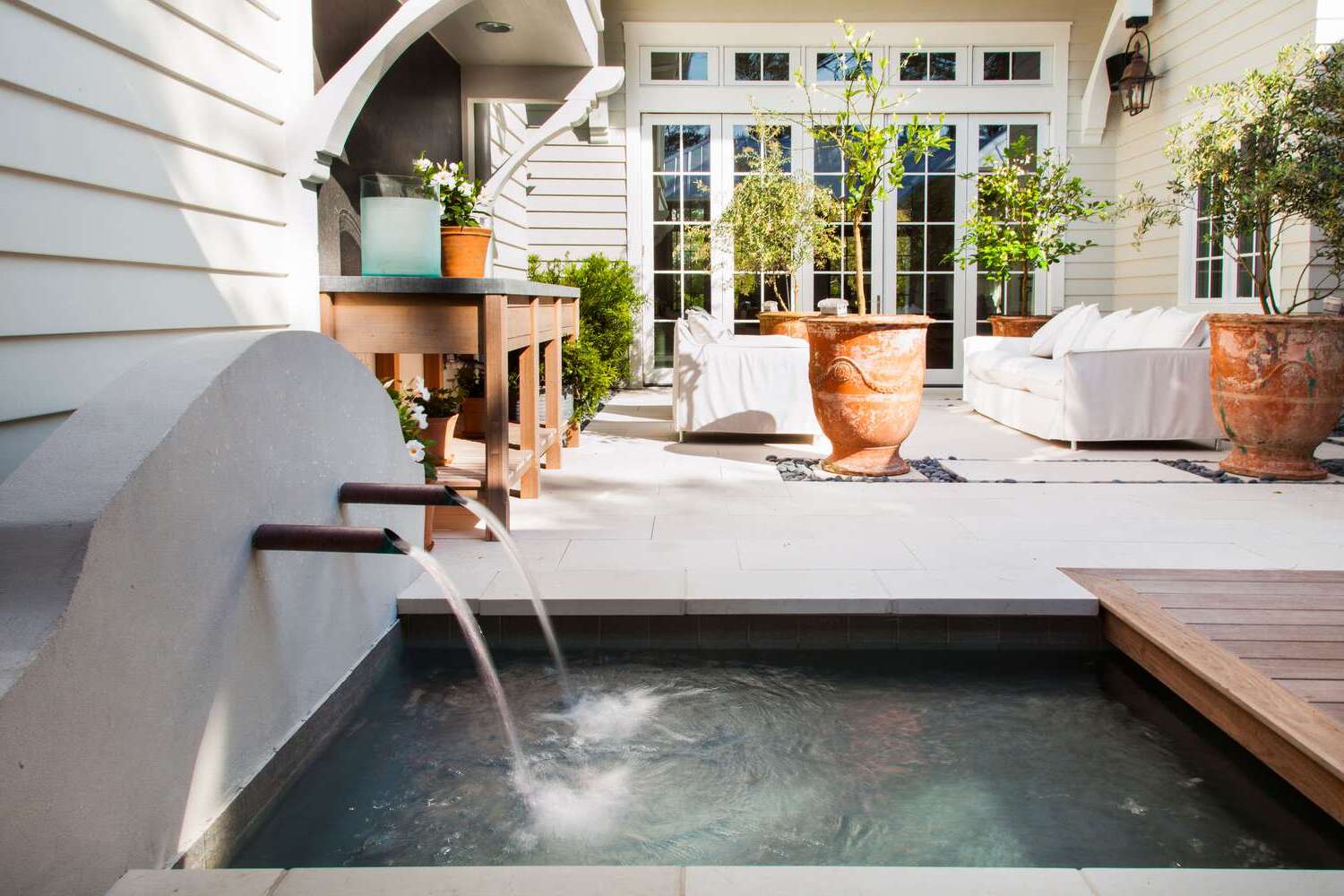
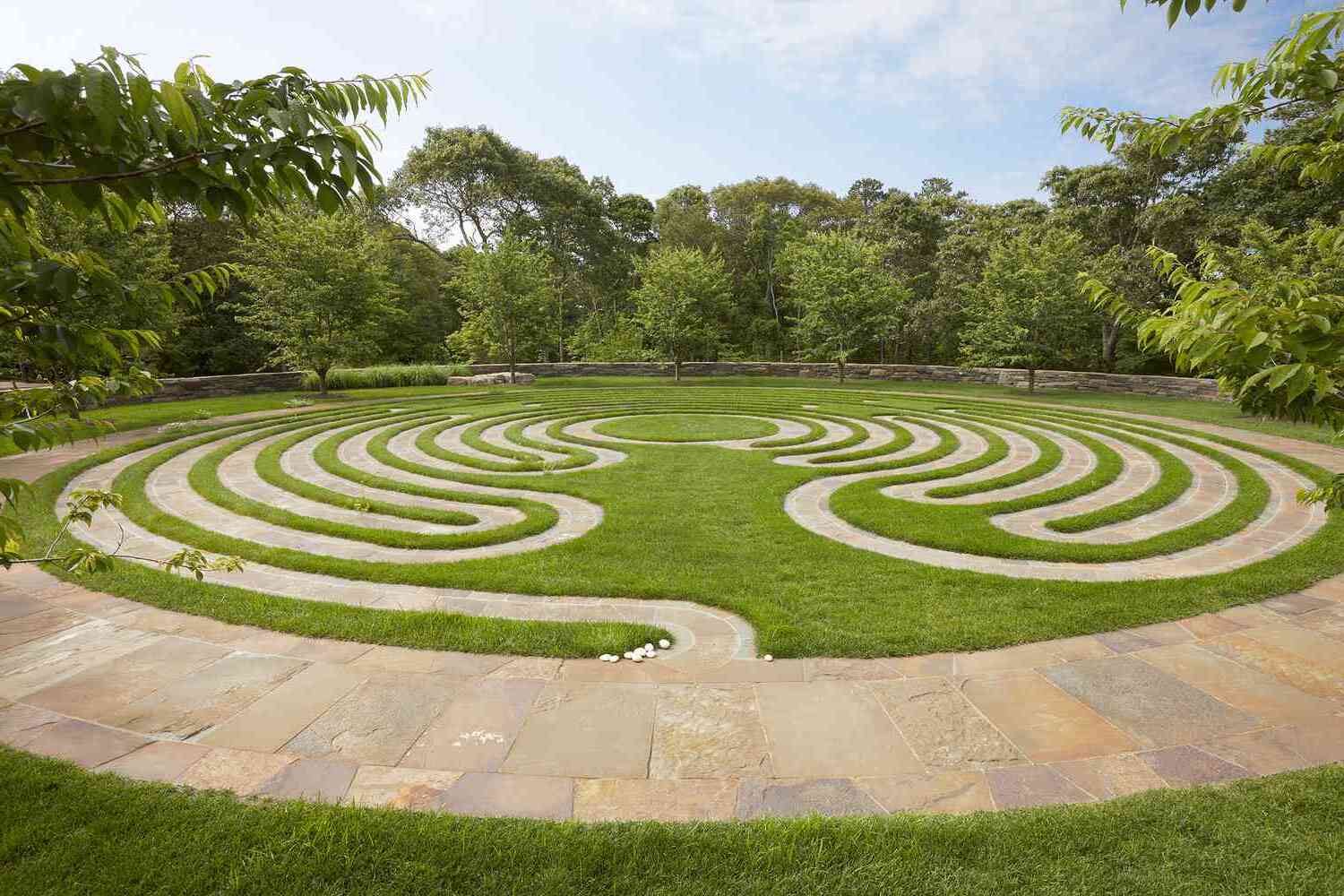
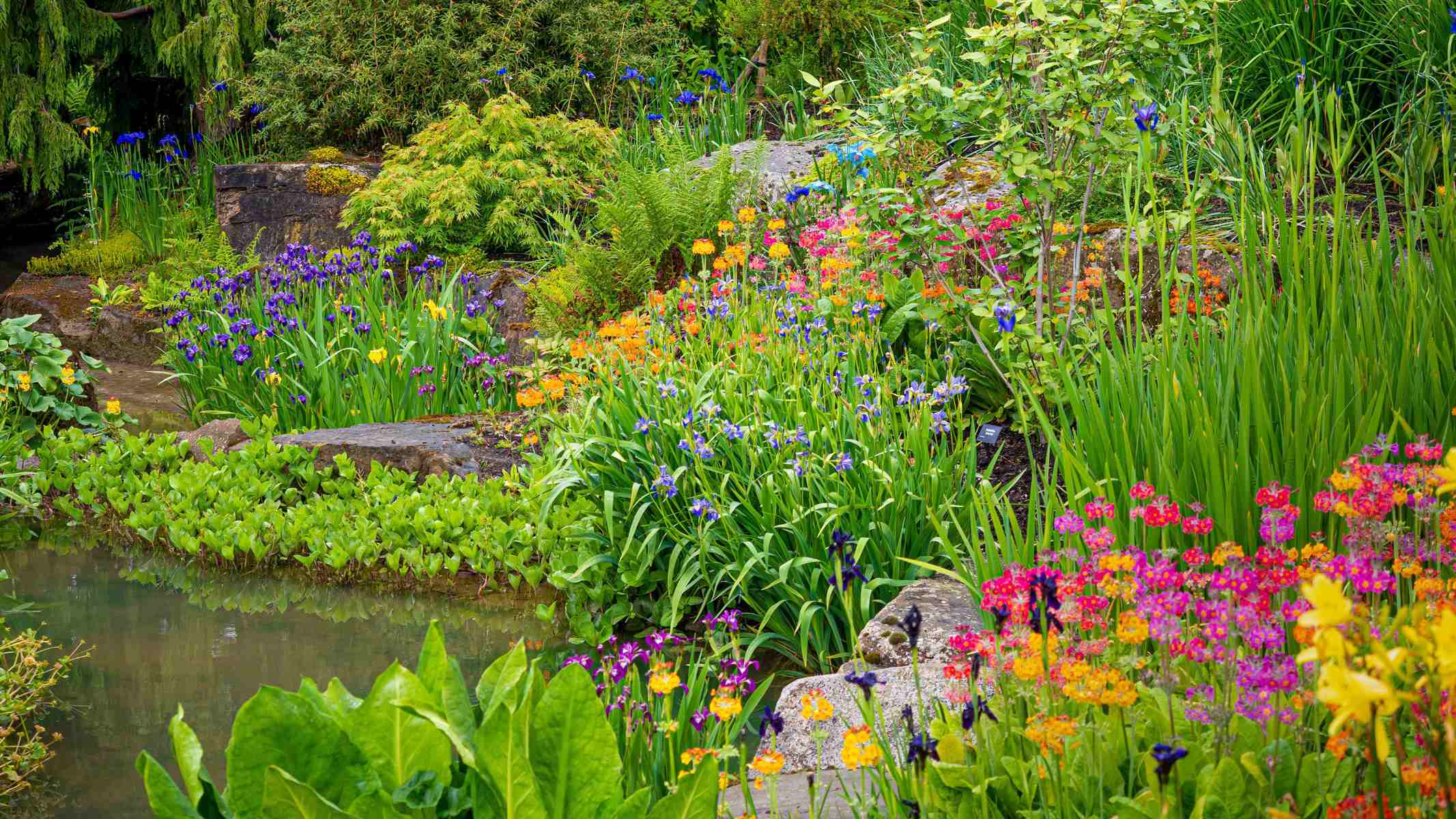
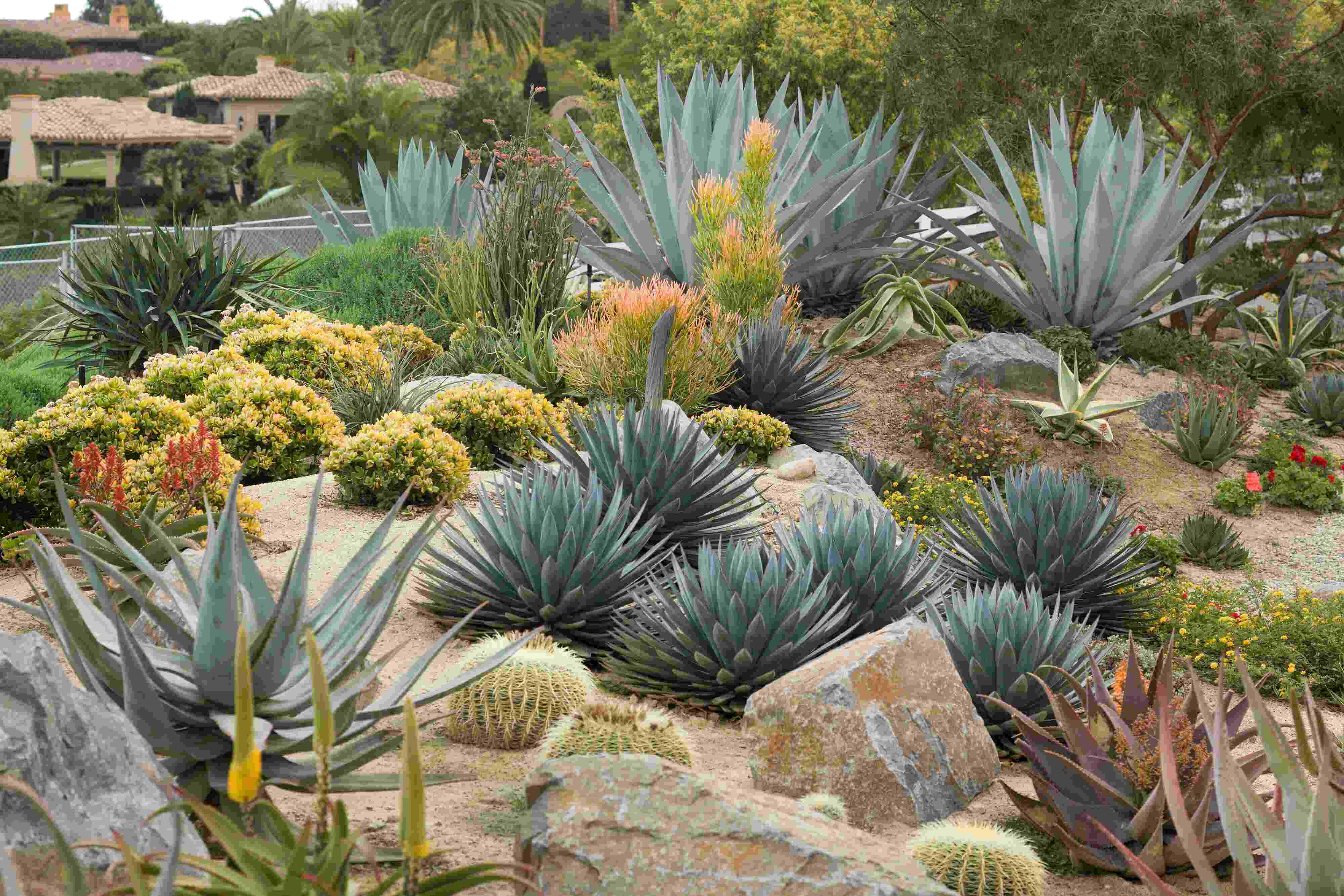

0 thoughts on “Backyard Bee-Friendly Garden Design to Attract Vital Pollinators”